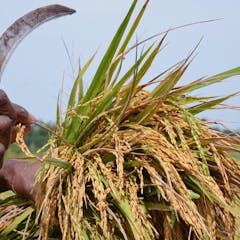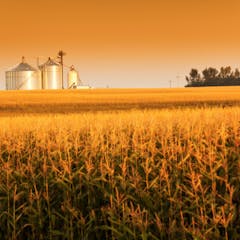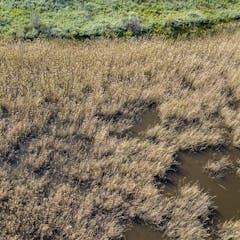
Articles on Agriculture + Land
Displaying all articles

Walking is a common way of getting around in most African cities

The South African government has failed to reverse the decline in smallholder farming that began during apartheid. A different approach is needed to support smallholder livelihoods.

African governments must acknowledge the universal right to diverse and nutritious food if they are to end malnutrition. Five projects show how this can be done.

Through collaboration and resource sharing, smallholder rice farmers can enhance their productivity and achieve a fully mechanised farming system.

Conservation strategies should promote equitable benefits across communities.

Governments in southern Africa don’t invest enough in weather forecasting and fail to work together to prepare for natural disasters, leaving the most vulnerable exposed to successive droughts.

Almost 25% of all farmland previously owned by white landowners has been restored, redistributed to black South Africans, or moved away to state ownership.

Approximately 22% of Malawians are food insecure, partly because of the poor maize harvest in 2023.

The whole southern Africa region has taken strain and will see a significant reduction in the volume of the crop produced.

Wetlands can prevent flooding, trap carbon and support livelihoods, as long as they are protected and managed.

Food security experts recommend that rural farmers in Malawi be given access to irrigation systems to free them from reliance on rain, and find ways outside farming to earn an income.

Just three plant species – wheat, maize and rice – account for 60% of all food eaten globally. A crop science expert argues that many of Africa’s 30,000 edible plants must be revived.

The African Food Systems Transformation Collective says COP28 must enable transition from fossil-fuelled food systems and leverage indigenous knowledge so that all can sustainably access good food.

